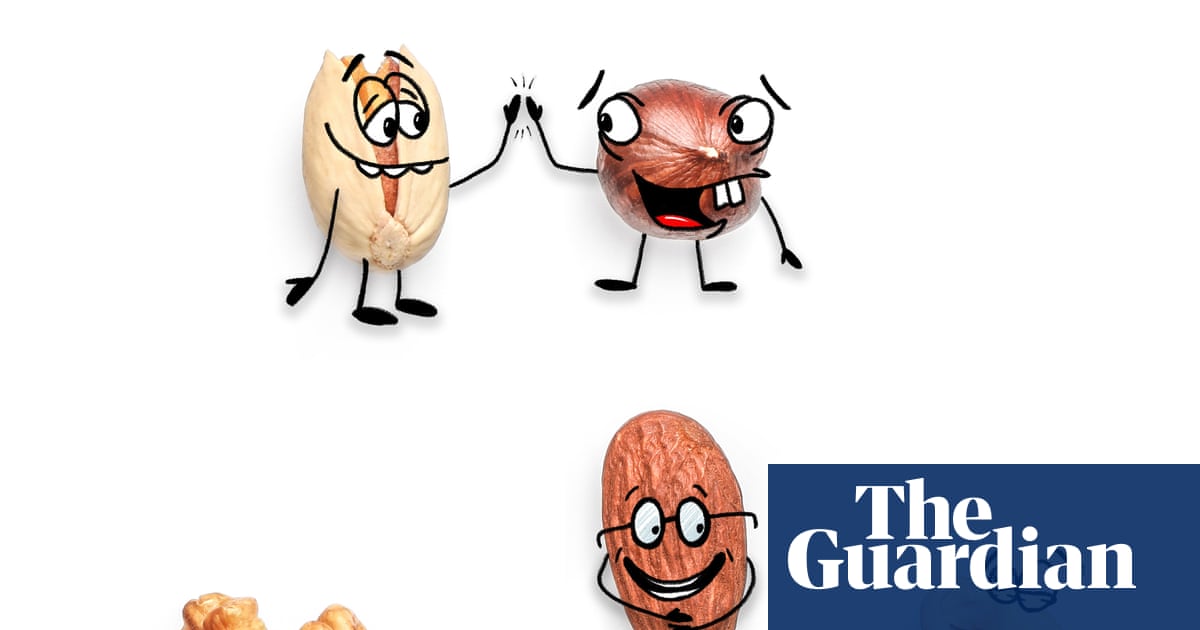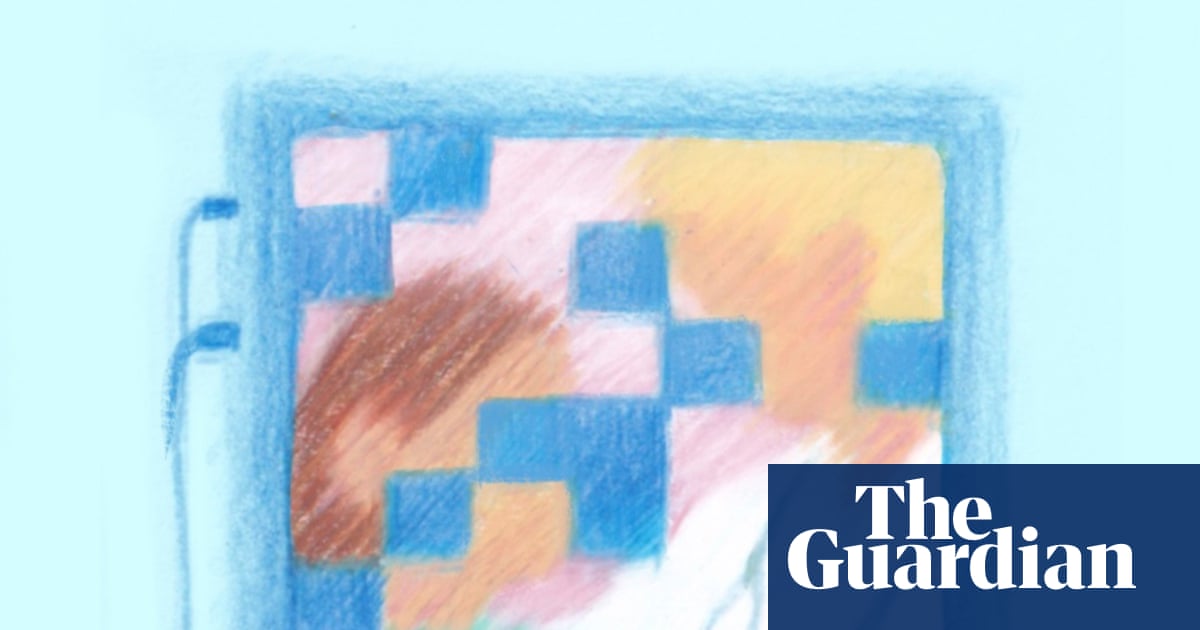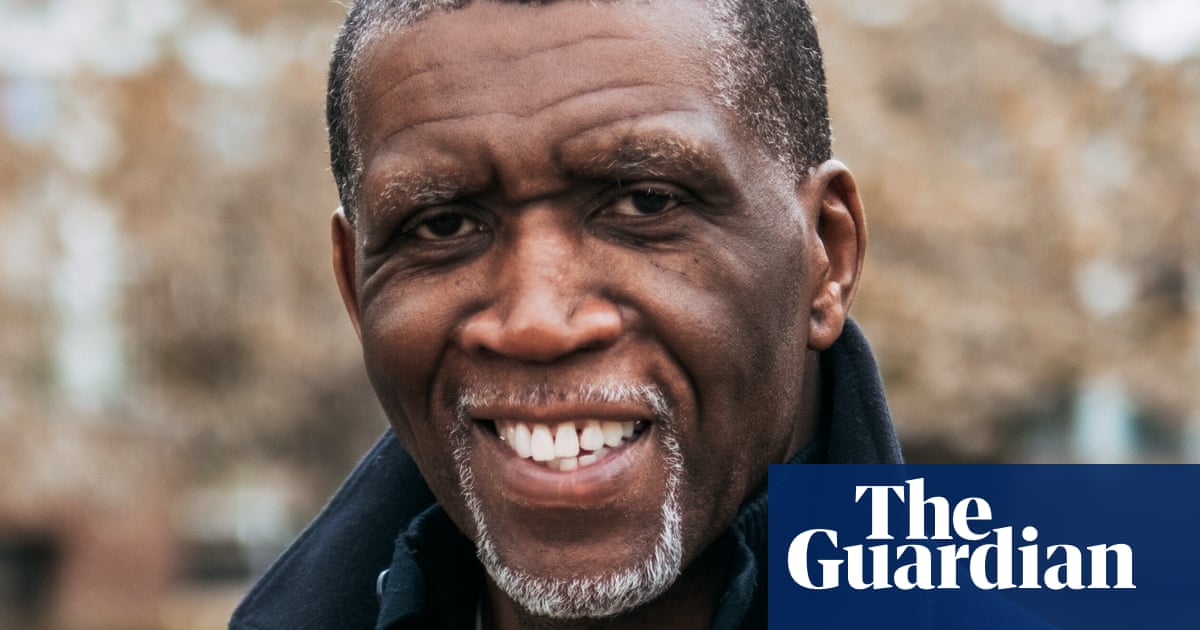This is depressing: according to the Cut, people are using AI to solve escape room puzzles and cheat at trivia nights. Surely, that is the definition of spoiling your own fun? “Like going into a corn maze and just wanting a straight line to the end,” says one TikToker quoted in the article. There’s also an interview with a keen reader who uses ChatGPT as a book club replacement, scraping the internet and aggregating “stimulating opinions and perspectives”. All well and good (actually, no, it sounds bleak as hell) until he had a character’s death spoilered in the fantasy epic he had been enjoying.
Meanwhile, Substack seems to be clogging up with AI-generated essays. The nu-blogging platform is an earnestly artisanal space where writers craft their stuff; subcontracting that to a bot seems like the acme of pointlessness. Will Storr, who writes about storytelling, examines this boggling trend and the tells that give it away on his own Substack, including a penchant for what he calls “the impersonal universal”: sweeping statements that sound deep but aren’t. There is, he says, “A white-noise generality to its insights, an uncanny vagueness that makes the mind glaze over.”
I’m baffled how anyone could enjoy using a large language model (LLM) to sound blandly “clever” or participate in any AI-hacked hobby. It doesn’t matter much, I suppose – this isn’t AI as existential threat. But it matters for fun – let the bots take our work, but not our joy! I wouldn’t presume to tell anyone how to enjoy themselves – I’m no expert on fun, and would definitely end up sounding like an AI-generated Substack if I did (hug a tree, speak to a stranger, laugh with loved ones). But I have been thinking what makes me feel most vividly alive and I’m aiming to do more of it – my individual fightback against the “impersonal universal”.
The first one is singing. I expect AI can scrape the musical canon to compose an ethereal robot madrigal, but it can’t conjure the eccentric entertainment of my small choir composed of very particular humans. We’re not the most polished singers, but listening to one another and trying to blend our voices gives me an intense sense of connection (research agrees: group singing mediates speedy social bonding). Occasionally, everything comes together and we produce a few seconds of surprising beauty, earning our choir director’s sparingly granted, quietly mimed chef’s kiss. When it doesn’t, it’s fun anyway.
The next is stuff – not my own but other people’s. I find the idiosyncratic things people prize, acquire and discard endlessly stimulating. I usually get my fix at York’s weekly car boot sale – an overwhelming jumble of inexpertly stuffed badgers, Power Rangers merch, fishing tackle and ceramic mice dressed as Victorian washerwomen that makes my heart sing. It works with more exalted stuff, too, especially textiles in Renaissance paintings: clothes, rugs, curtains, tapestries. I recently spent a heady 10 minutes in a miraculously empty room in gathering darkness at New York’s Frick Collection with Holbein’s portrait of Thomas More, examining his fur collar and red velvet sleeves and imagining how they felt and why he chose them.
I get a fair amount of unbridled joy from simply being an animal: walking, digging in the soil and watching other animals (OK, yes, I mean birds), but mostly – and I say this as a lifelong introvert – I get it from people. When I try to identify my most reliable source of pleasure, it’s wandering round a strange city looking at its inhabitants. What are people wearing, eating, talking about; what pisses them off; what kind of dogs do they have? From toddler tantrums to displays of affection to queue etiquette, it’s an all-you-can-eat human buffet. I just watched I Am Martin Parr, a documentary on the photographer with a magpie eye for the essence of British life, and he gets it. Now in his 70s, Parr is as driven to observe and document people in all their beautifully strange specificity as ever; he is, he says, “still excited about going out and seeing this crazy world we live in.”
That’s the secret for me: AI can obligingly aggregate and explain what we are en masse, but it blends all our colours to a muddy brown; it can’t capture the joy of the absolutely particular.

.png) 3 hours ago
4
3 hours ago
4

















































